And how does sidecut affect a board’s ride?
Sidecut sounds important, but it’s one of those terms that’s thrown around frequently in the snowboard world and not that well understood. Maybe that’s because it involves math and geometry—not a favorite subject for most. Simply put, sidecut is the arcing, hourglass-like curve that runs along your edge from tip to tail. How deep that curve is defines how your board turns.
If you think of the sidecut as an arc, imagine that this arc is part of a larger circle. The deeper the sidecut, the smaller the circle (and the radius). The deeper the sidecut, the sharper the board will turn. Many freestyle riders prefer a deeper sidecut.
On the other hand, a longer radius (shallower sidecut) will turn wider and is optimal for providing stability at speed and making long, arcing turns while still holding an edge.
Your board can only carve a turn that’s as long as its sidecut, ie. Ride’s DH has a 7.95-meter sidecut, which means it is only capable of carving a 7.95-meter radius turn. It’s confusing, but just envision these arcs and carves as part of a larger circle. Or let Tom Burt do the explaining.
Legendary Knowledge
Tom Burt, snowboarding legend, also happens to be a mathematician and is very knowledgeable about snowboard tech. Here is his take on sidecut and how he integrates it into his pro model, Winterstick’s Tom Burt Pro 172cm. (Yeah, Tom rides a 172cm board no matter where or when, and that’s the only size his board is available in.)
“I use a 11.0-meter radial sidecut,” Burt says. “Two reasons: the ability to do large to small carving turns, and control at speed. For turning, sidecut dictates the carve. If a board has a small sidecut, say 8 meters, a carve with this radius is the biggest turn it can make. If you try to do a longer turn you will have to release your edge and slide to do a longer turn, thus losing edge control during the turn. Whereas starting with a straighter sidecut will allow a long turn while carving. Of course smaller turns while carving are possible by flexing the board during a turn. Depending on the amount of force to bend the board will dictate how small of a carve can be made. A board with a 11.0-meter sidecut can be bent to carve a 8-meter turn but a board with an 8-meter sidecut can never carve an 11.0-meter turn, only eight or smaller. Control at speed is a big factor of a larger sidecut.”
Sidecut School
While most brands have their own custom sidecut technologies, for the most part they break down into two general types: radial and progressive. A radial sidecut has an unchanging radius (arc remains consistent) along the entire side of the board. A progressive sidecut, has several different measurements as it moves along the edge. Then you throw in Magne-Traction, essentially serrated edges found on Lib-Tech, Gnu, and Rossignol boards, and you have sidecut redefined again.
Sidecut tech continues to evolve and get renamed, but the general purpose remains the same: sidecut enables your board to turn when and how you want.
Shop The House selection of snowboards.
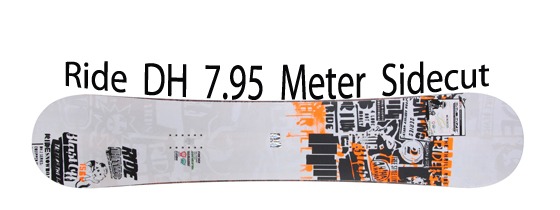





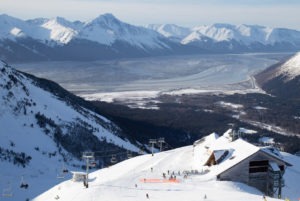
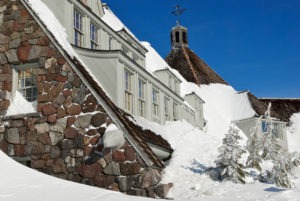
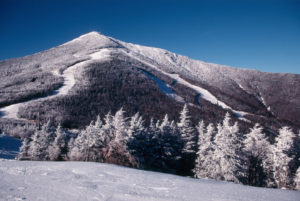
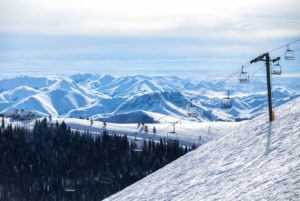
[…] never want to ride in the backseat if it’s avoidable. Taper also shifts the center of sidecut (see Sidecut) toward the back of the board, so you can set your stance back from centered but still be over the […]